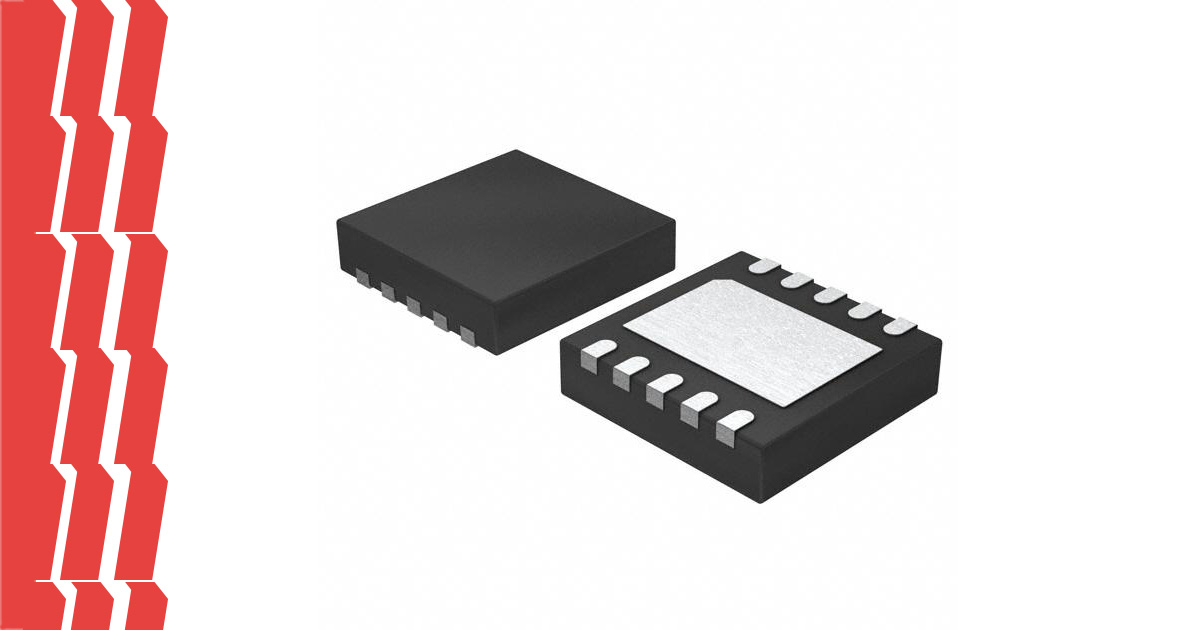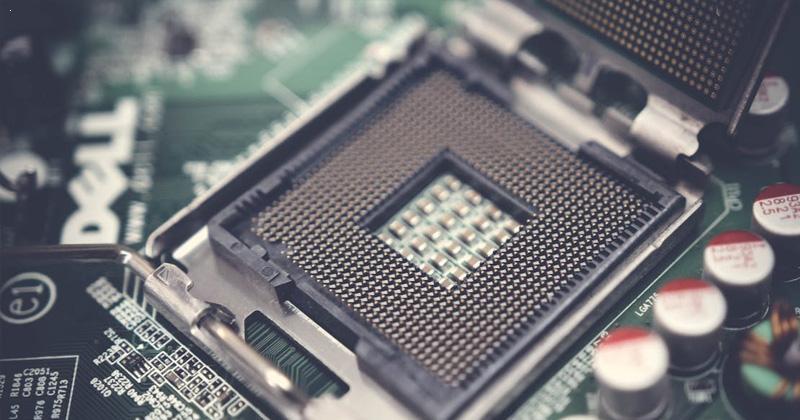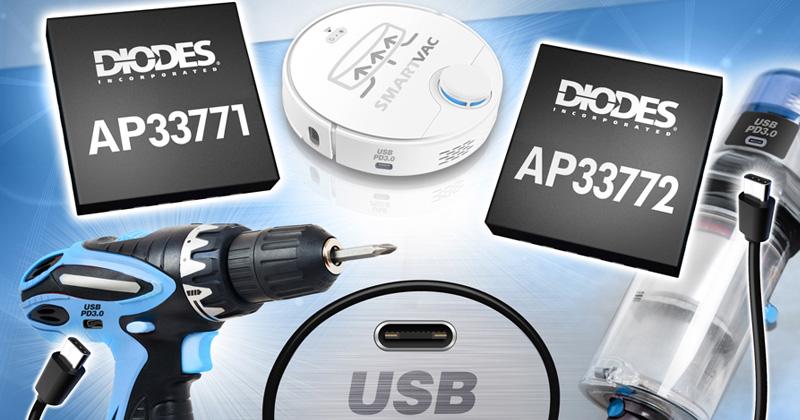
Intel EP2C8F256C6 - Versatile and High-Performance Reconfigurable Logic Device
Description
The Intel EP2C8F256C6 is a high-performance Field Programmable Gate Array (FPGA) that belongs to Intel's Cyclone II family. Designed to deliver advanced features and versatile programmability, this FPGA offers engineers and developers the flexibility to implement custom digital logic designs. It is particularly well-suited for applications requiring efficient processing power, ample I/O options, and reliable performance.
This FPGA comes in a 256-FBGA (Fine-Pitch Ball Grid Array) package, making it ideal for surface mount applications. The device is manufactured using a reliable process technology, ensuring consistent operation within an industrial temperature range of 0°C to 85°C. The EP2C8F256C6 is equipped with 8256 logic elements, 165888 total RAM bits, and 182 I/O pins, providing a robust platform for a wide range of digital applications.
Features
High Density Logic Elements:The EP2C8F256C6 features 8256 logic elements (LEs) organized into 516 Logic Array Blocks (LABs), offering significant digital logic resources for complex designs.
Ample Memory Resources:With 165888 total RAM bits, the FPGA provides substantial memory capacity for buffering, data storage, and processing applications.
Extensive I/O Capabilities:The device includes 182 input/output (I/O) pins, enabling extensive connectivity options for various peripherals and external devices.
Flexible Voltage Supply:The FPGA supports a core voltage range of 1.15V to 1.25V, allowing for flexible power supply designs and optimization for power efficiency.
Surface Mount Technology:ackaged in a 256-FBGA (17x17) package, the EP2C8F256C6 is designed for surface mount technology (SMT), facilitating compact and efficient PCB designs.
Operating Temperature Range:The device operates reliably within a temperature range of 0°C to 85°C, making it suitable for various environmental conditions.
Programmable Logic:The FPGA architecture allows for reconfiguration and updating of the logic design, providing adaptability to changing application requirements.
High-Performance DSP Blocks:The device includes dedicated DSP blocks, enhancing the performance of digital signal processing applications.
Integrated PLLs:The FPGA incorporates phase-locked loops (PLLs) for clock management and frequency synthesis, ensuring stable and accurate timing for synchronous operations.
Product Status - Active:As an active product, the EP2C8F256C6 is currently in production and supported by Intel, ensuring availability and technical support for ongoing projects.
Applications
Embedded Systems:
Ideal for integrating custom logic functions in embedded systems, such as microcontroller interfaces, communication protocols, and data processing units.
Consumer Electronics:
Suitable for implementing signal processing, video processing, and other multimedia applications in consumer electronics devices.
Industrial Automation:
Used in control systems, automation equipment, and robotics for real-time data processing and control algorithms.
Telecommunications:
Deployed in networking equipment for protocol implementation, packet processing, and high-speed data interfaces.
Aerospace and Defense:
Applicable in avionics, radar systems, and secure communication systems where flexibility and performance are critical.
Medical Devices:
Utilized in imaging systems, diagnostics equipment, and portable medical devices for signal processing and data acquisition.
Automotive:
Suitable for advanced driver-assistance systems (ADAS), infotainment systems, and in-vehicle networking.
Research and Development:
Provides a versatile platform for prototyping and developing new algorithms and digital designs.
Data Centers:
Used in servers and storage systems for data acceleration and hardware-level optimization.
IoT Devices:
Suitable for edge computing and IoT gateways, enabling custom data processing and communication functions.
Frequently Asked Questions (FAQ)
What is the main advantage of using the EP2C8F256C6 FPGA?
The primary advantage is its flexibility and reprogrammability, allowing designers to implement and update complex digital logic functions without changing the hardware.
What types of applications can benefit from the high I/O count of this FPGA?
Applications requiring extensive peripheral interfacing, such as industrial control systems, telecommunications, and consumer electronics, can benefit from the 182 I/O pins available on this FPGA.
Can the EP2C8F256C6 operate in harsh environmental conditions?
The device is designed to operate within a temperature range of 0°C to 85°C, suitable for most standard industrial and consumer applications.
How does the FPGA handle different voltage requirements?
The FPGA supports a core voltage range of 1.15V to 1.25V, allowing for flexible power supply design and efficient power management.
What programming tools are compatible with this FPGA?
Intel's Quartus Prime software is the primary tool for programming and configuring the EP2C8F256C6, offering a comprehensive environment for design entry, simulation, and verification.
Is there support for high-speed data processing?
Yes, the FPGA includes dedicated DSP blocks and integrated PLLs for efficient and high-performance signal processing and clock management.
Can this FPGA be used for prototyping?
Absolutely. Its reprogrammable nature makes it an excellent choice for prototyping and experimenting with new digital designs.
What packaging options are available?
The EP2C8F256C6 comes in a 256-FBGA package, suitable for surface mount technology applications.
How is the device powered?
The FPGA requires a core supply voltage between 1.15V and 1.25V and can be powered from a standard power supply or a customized power management system.
Where can I find technical support and resources for this FPGA?
Intel provides comprehensive documentation, development tools, and technical support for the EP2C8F256C6, accessible through their official website and support channels.




